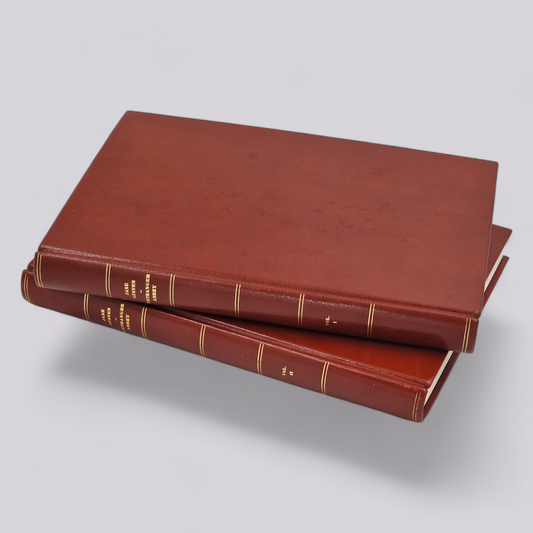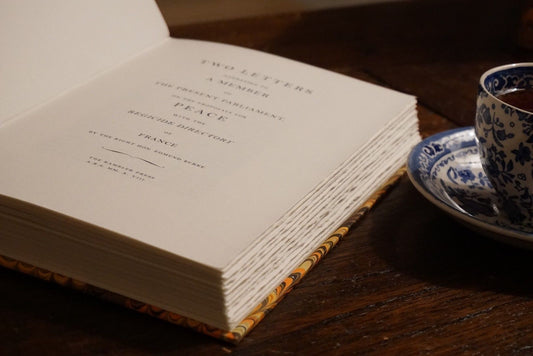
Vellum paper
SHARE
Vellum paper meant a revolution in the way paper was made. Today, we instinctively tend to treat ribbed paper as something nobler than the commonly available smooth paper. Meanwhile, for many centuries, paper devoid of "ribs" that were in fact nothing more than the impression of a sieve, was a nightmare for papermakers. The ideal was a paper that was equivalent to parchment, delicate and devoid of any traces of its manufacture.
It was James Whatman who, since 1740, owned a paper mill in Turkey Mill near Maidstone , who managed to create such paper. Within three years, he had created a strong enterprise producing ribbed paper. Soon, it began to compete in terms of quality with the paper imported from France and Holland, which had dominated the British market until then. In 1756, Whatman was able to present his invention: a smooth paper, called vellum. The new type of paper gained popularity after the most distinguished British printer and typographer of the time, John Baskerville, used it to print his edition of Virgil's poetry (1757), set in an equally revolutionary typeface that went down in history under his name. It was already noticed that the elegance of Baskerville's books was due as much to the new typefaces as to the paper used for printing.
The French for the English
It must be admitted here that Whatman was a pioneer, whom the competition could not surpass for many years. It was not until almost 30 years later, in the late 1780s, that the French succeeded in creating vellum paper in the factories of Annonay .
The company founded by James Whatman continued to manufacture paper in Maidstone until the early 2000s. Although the production of paper for printing books had long since been abandoned in favour of paper for medical use. Until 2002, small quantities of handmade paper were still produced for printing books intended for bibliophiles . Following the takeover of Whatman by GE Healthcare in 2008, this practice was abandoned and production in Maidstone ceased in 2014.
Today, if someone wants to reach for Whatman's papers, apart from antique shops, there is still the Bockingford watercolour paper, purchased from Whatman in 1975 by St Cuthberts Mill .
Below:
- Paul Sandby, Whatman's Mill at Turkey Mills , 1794.
- Thomas Lawrence, The Wellesley-Pole Sisters , 1814. The drawing is on vellum paper inscribed with the filigree: “Whatman 1810”
- and 4. Whatman's 1824 filigrees.











